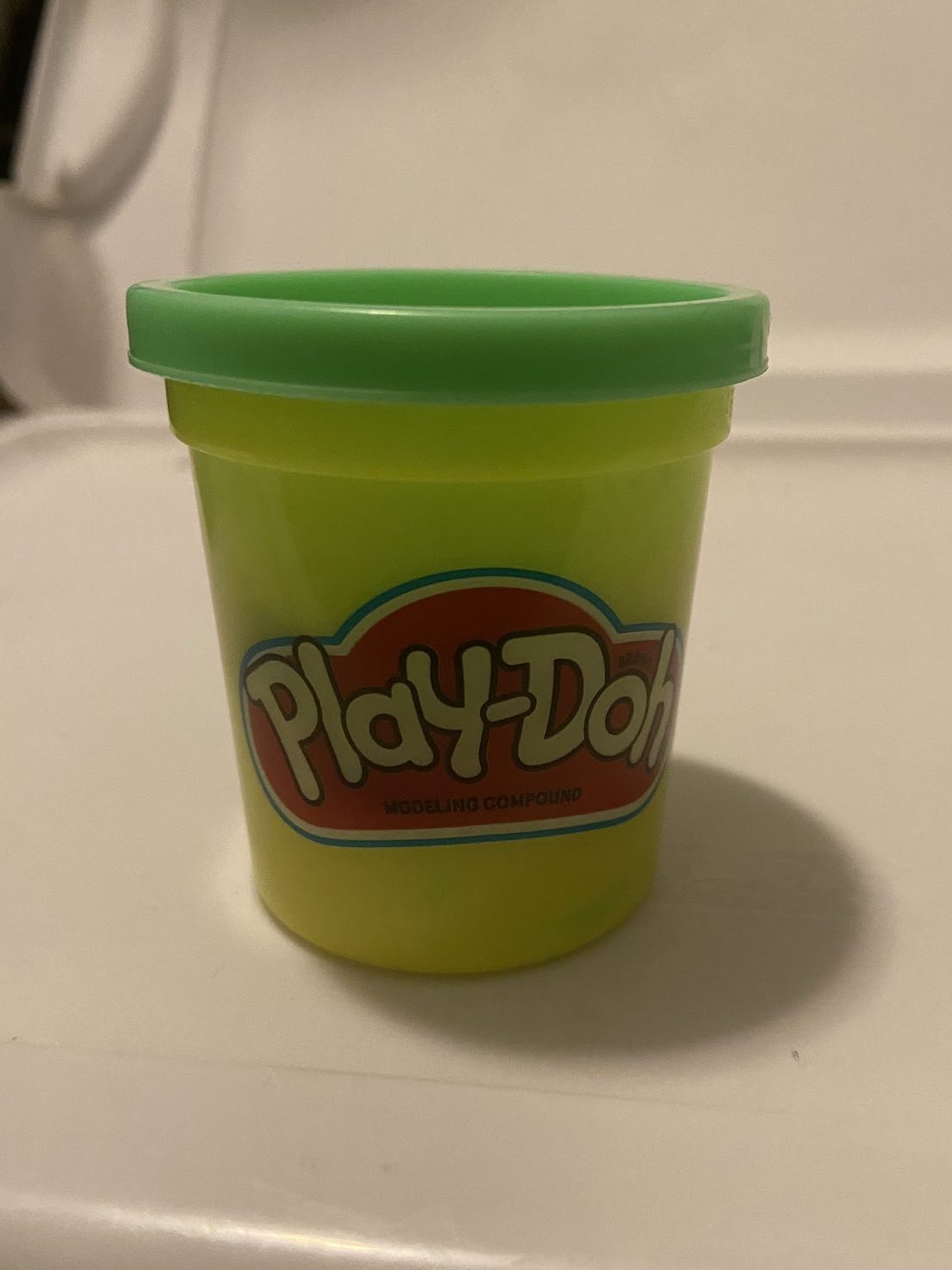Assignment 2: Michelle Murray 1/25/22
Sample 1: Bird’s Life
Using a square-shaped bag for the “bird’s body” and two pieces of cardboard cut into “wings,” I was able to create a flying motion for my first sample. I had fun experimenting with the hinge motion by initially taping the wings closer to the center of the body of the bird and realized I did not get enough motion this way. I then moved them directly on the edge of the bag and was able to create an adequate flapping motion. In addition to altering the wings, I was also able to play around with the speed at which I was able to make the wings flap. I was most satisfied with the result achieved when I put in quick, short breaths into the straw.
In further iterations, I would love to cut the bag out in different shapes and sizes; what if the bag was cut larger horizontally? Will the wings flap more dramatically? What if I cut the bag in the shape of a bird’s body? Will I achieve the same results while making the design more realistic?
Sample 2: Children’s Piano
For my second sample, I experimented with multiple pieces of cardboard in a variety of colors. At first, I had a vision of 10 “fingers” sticking off the edge of the long, thin plastic bag because I was curious about how it would move. In my imagination, as I blew air into the bag slowly, each finger would prop up one by one. But I found out that this was not the case and I had attached too many pieces of cardboard.
Pivoting, I kept on 5 pieces of cardboard, each one a different color. Imagining a piano beneath the sample, each finger would be able to press a different combination of the keys beneath it when the user would squeeze different parts of the bag. I felt as if this resembled a children’s beginner piano, making it a playful and fun experience.
Sample 3: Angry Crocidile
Lastly, for my third sample, I found some green Play-Doh and was able to create a figurine of a crocodile with a hinged mouth. Inspired by the Sticky Actuators video that a classmate shared from Assignment 1, I decided to create a pneumatic hinge version of the clay frog. At first, I struggled with the shape of the bag; I made it way too wide and it produced too much force underneath the crocodile’s mouth. I then reshaped the bag to be a very thin shape and taped a cardboard “tongue” to the end of the bag. Before placing the bag inside the crocodile’s mouth, I experimented with just the bag and the tongue to see if I could get a flapping motion (similar to Sample 1) out of the tongue. By taping the tongue as close to the edge of the bag as possible, I was able to create a miniaturized flap. I then placed the tongue mechanism inside the crocodile and was able to achieve something similar to what I was imagining. Being that the top portion of the crocodile’s head was heavy, the tongue flap was not the same motion as it was earlier. I also struggled with the Play-Doh falling apart, so I experimented with a slower breathing motion into the straw.
For a future iteration, I would like to obtain more Play-Doh and see if I can make a more structured and developed crocodile.


*Note: I apologize for filming vertically, I did not realize until I cleaned up my work that it would be better to film horizontally.
Leave a Reply
You must be logged in to post a comment.